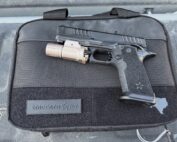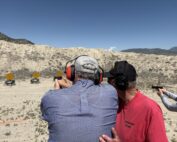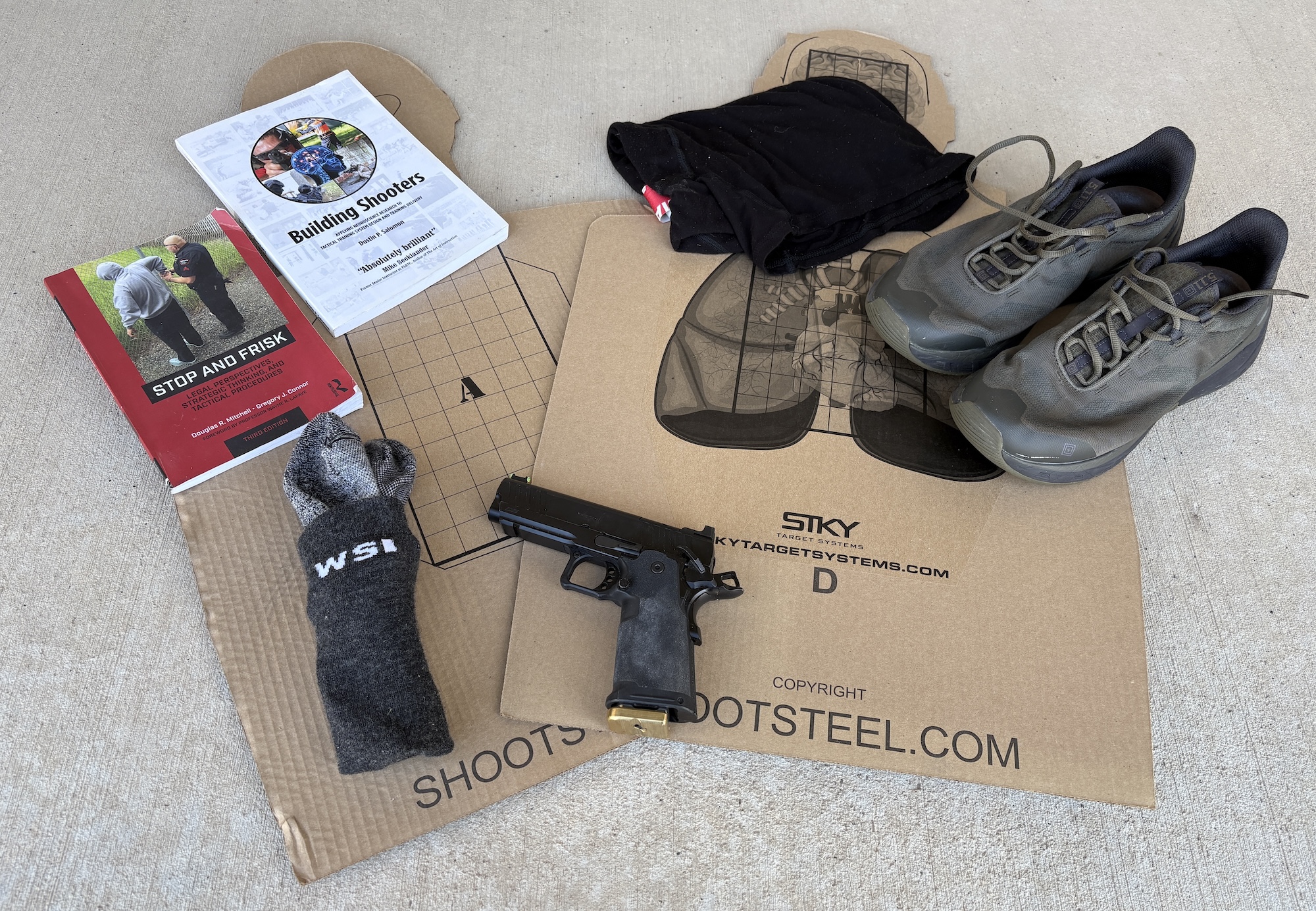
VANTAGE-gunatlas
It’s been about 21/2 years since we talked about H.R. 218, the “Law Enforcement Officers’ Safety Act” signed into law July 22, 2004, by then-president George W. Bush. Then on Oct. 10, 2010, President Barack H. Obama signed into law S. 1132, the “LEOSA Improvements Act.” Known as Public Law 110-272, the law was created to clean up wording and the confusion it caused chiefs and sheriffs who were unwilling to comply with the original law. To be clear, the IACP has never supported LEOSA in any form — not “act 1” nor the “improved act.”
The IACP believes the new law weakens the standards and training requirements cops (active or retired) must meet to be CCW. Hogwash! Every state has comprehensive firearms standards. I’d suggest members of the IACP get rid of the elitist attitude — my standards are better than your standards — and find common ground for the standards. This law has absolutely no impact on a particular state’s standards; it simply allows those who’ve moved to another state when they’ve retired to qualify within their state of residence. They still have to meet state standards; just not spend ridiculous amounts of money every year to maintain their qualifications.
Another bone of contention for the IACP (for both laws) is they believe they should have the right to determine who is eligible to carry in their communities. This is a very telling stand for them to take; it smacks of anti-gun political pandering. I’ll use my own former home (San Diego, Calif.) as an example. The top law enforcement dogs have proven time after time how anti-gun they are. Suffice to say, you practically need a letter from God himself to get a CCW permit. If, in fact, the majority of IACP’s membership is anti-gun, I’m appalled. However, if it’s just a political ploy, then shame on them!
Here’s something else to think about; in these times of constant threat of more terrorist activity, you’d think our top cops would embrace having as many of us armed in our travels as possible. Read on to see some of the more interesting ways chiefs were attempting to skirt implementation of LEOSA.
The Nuts & Bolts
H.R. 218 and S. 1132 are not the actual laws per se; USC 18 § 926B and 926C are the laws created and improved through the two acts. Section 926B is specific to active-duty law enforcement officers, while 926C pertains to “retired” law enforcement officers. For currently employed cops, wording was clarified regarding discipline. The original terminology implied if you were the subject of any disciplinary action, you wouldn’t be allowed to carry. The new version states, “… is not the subject of any disciplinary action by the agency which could result in suspension or loss of police powers.”
Officers of the Amtrak Police Department, the Federal Reserve and the executive branch of the Federal Government are now included under the umbrella of LEOSA. Specifically, they are “… employees of a governmental agency who are authorized by law to engage in or supervise the prevention, detection, investigation, or prosecution of, or the incarceration of any person for, any violation of law, and have statutory powers of arrest.”
For us retired folks USC § 926C reflects a change to that very word — retired. To alleviate confusion for chiefs refusing to acknowledge officers who left after vesting in retirement (10 years for most agencies), but before the required age (50 or 55) to collect a retirement benefit, we’re now covered. The word “retired” has been replaced with “separated from service.” No confusing term there, boys and girls. You don’t even have to be eligible for a retirement benefit as the original Act required, you merely need 10 years of aggregate service as a law enforcement officer.
To address issues of yearly qualifications, the Improvement Act clarified how and where and to what standards qualified retired law enforcement officers must meet. Using myself as an example, when I separated from service with San Diego PD, we moved to Missouri. Under the new provisions I don’t have to spend a boatload of money to travel back to San Diego to comply with the yearly qualification shoot. I can qualify here.
I need to pass a qualification shoot meeting Missouri’s POST guidelines. If the state standard didn’t exist, I could either go to a local police agency, or use a certified firearm instructor qualified to test active duty officers within this state. I must qualify with the type of gun I intend to carry. I have been known to carry revolvers and semi-autos, so I’ll need to qualify with both types of guns. And once I’ve qualified, I must carry documentation proving I’m qualified. Oh, Amtrak Police and the others previously mentioned above, having been added to LEOSA are also included in this section of the Act.
>> Click Here << To Read More July 2012 Vantage Point
Order Your Copy Of The American COP July 2012 Issue Today!


 (No Ratings Yet)
(No Ratings Yet)













